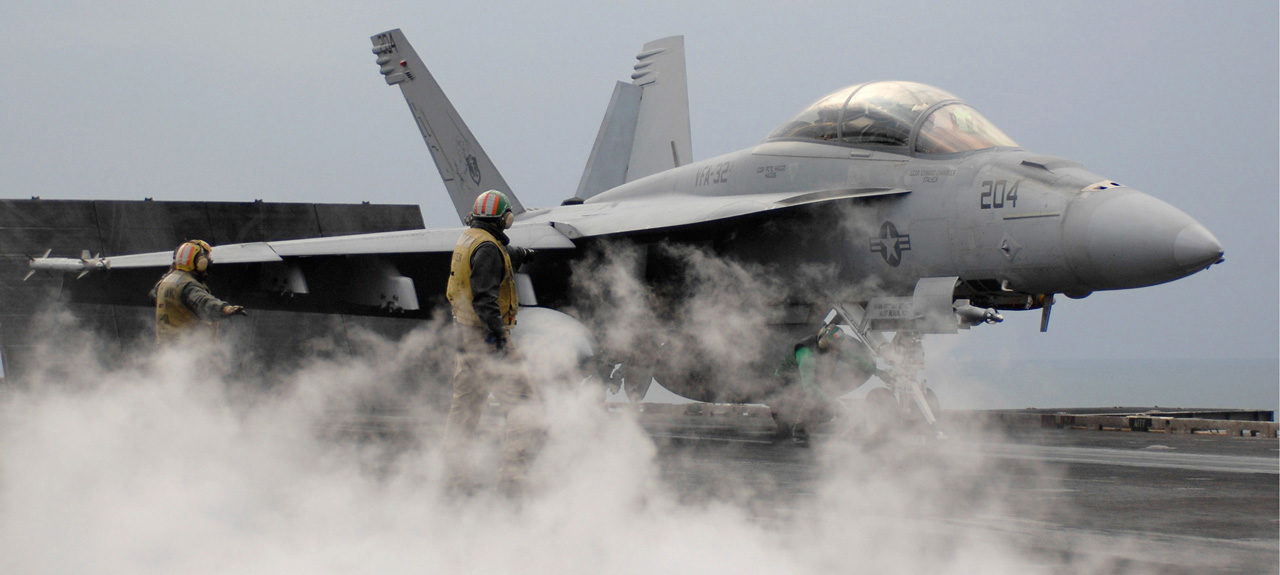It happened back in April, aboard the USS George H. W. Bush, floating in the middle of the Persian Gulf.
Amid carrying out one of their missions (they average 12 to 20 a day), which is to carry out airstrikes on the Islamic State near Mosul, Iraq, one of United States Navy Captain James McCall’s F/A-18 Super Hornet-flying aviators noticed something odd — right before they were about to pull the trigger on another target.
From Military.com:
“They were issued their clearance to drop. They had about 20 seconds before they were going to release ordnance, and that ordnance would have impacted the target within, say, 45 seconds of the drop,” McCall said. “In those moments beforehand, one of the aircrew thought he saw someone leave a building, and he couldn’t possibly identify that person as a soldier or a civilian. So he issued an abort on the radio.”
The mission called off, the pilots watched as, over the next 10 minutes, hundreds of civilians poured out of buildings adjacent to the one the man had come out of. While not all the people coming into view would have been reached by the collateral effects of the planned strike, the aviators estimated, many of them would have been.
“We invest a lot of time in an average pilot’s progression, getting ready for a deployment, and close-air support. Actually physically dropping the bomb is probably the easiest part of that. It’s this judgment piece that is the difficult piece. And it requires them to practice that. It requires us to put them in scenarios that are difficult and sometimes gray in the training environment,” said McCall.




































